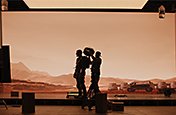Drive a film narrative with A-roll footage.
A-roll is the main part of all films. Whether you want to bolster a storyline or create dramatic tension, explore A-roll techniques to grow your filmmaking skills.
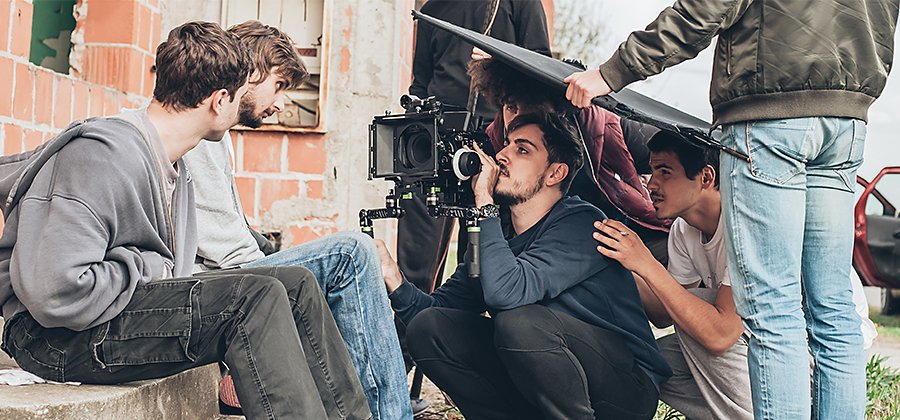
What is A-roll?
A-roll includes all types of footage that feature key plot actions, talking characters or interview subjects. A-roll footage is more often known in the industry these days as main footage, primary footage, hero footage or principal shots.
A-roll is anything that isn’t B-roll, also known as supplemental footage, extra footage, stock footage or supporting footage. “In a scripted world, your A-roll footage is the main meat of what you’re shooting. It’s your primary actors, dialogue and storyline,” says film director Jay Holben. “B-roll footage is what is ancillary and added into that.”
You’ll know it’s A-roll footage because it would affect the storyline if it were taken out of the video.
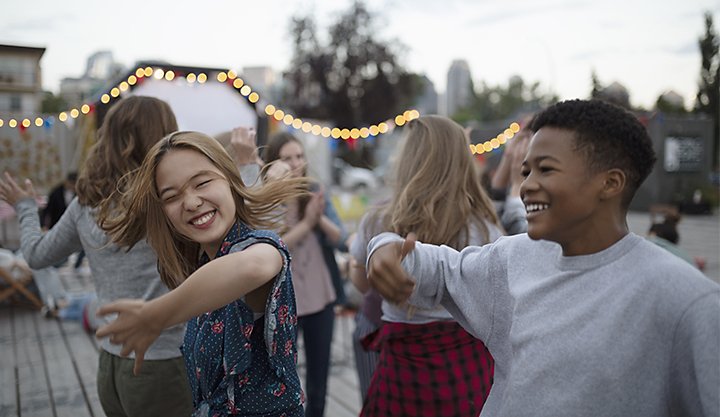
A-roll shot types.
There are many types of shots in the video production process used for A-roll footage. There are also certain aspects of visual storytelling that go into the choices of each shot. “A very wide distant shot could make the character you’re shooting feel lonely and distanced or just disconnected from other individuals, while a very close shot can be very intimate and in their world,” notes Holben.
Here’s a quick look at some different shots for film:
- Extreme wide shot (EWS):
This type of shot makes your subject feel distant or unfamiliar and can be used to emphasise location or isolation.
- Long shot (LS) or wide shot (WS):
This shot keeps your subject in plain view amid amore expansive surroundings and makes any big moment more cinematic.
- Full shot (FS):
This is a great option for when you want to feature multiple characters in one single shot.
- Medium shot (MS):
The most common shot, medium shots emphasise your subject while keeping their surrounding visible.
- Close-up shot (CU):
These shots get in close to reveal a subject’s emotions and reactions, making it perfect for climactic moments.
These different types of shots can help to support the overall narrative. Some other shot types include dolly shots, cutaway shots and even drone shots. It all depends on what the scenes call for. Filmmakers tend to first get all the general shots they need and then, later in editing, choose from those shots or figure out if they need to shoot additional shots.
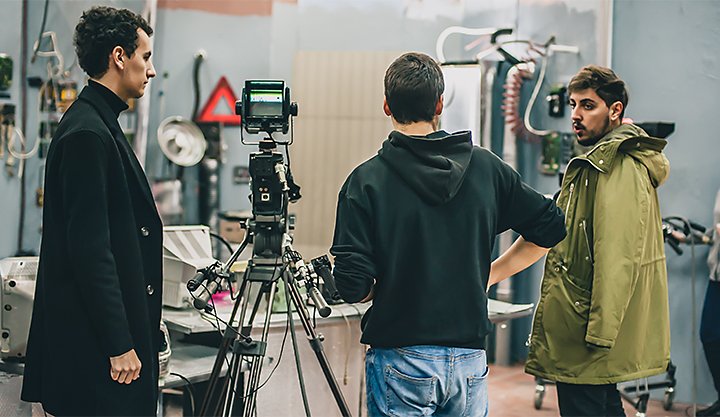
Tips for how to shoot A-roll.
Throughout the video production process, keep the following things in mind:
Pick a decision-maker.
Typically, the director and DP (director of photography) go through the script and hash out the shot list or storyboard for the script. Determine which one will make those decisions from the beginning to smooth out the process. Bring a shot list to the set or on location too.
Some people wait to see the scene with the actors on set to know what types of shots would feel best. Ultimately, the more you can plan, the less time you’ll waste. This production phase can be expensive and a good shot list will cover every detail the crew needs to capture A-roll, as well as a guide to shooting B-roll footage, to help keep costs down.
Find inspiration.
Whether it’s a feature film or short film, connect an idea to an inspiration. “I try to connect my ideas to something true in life. That's when I know there is a good story. It’s a good, artistic way to portray and make people feel a point of view,” says film director Jhosimar Vasquez. The key is figuring out what you want to make people feel. Essential A-roll footage is critical to stir up those emotions.
Be intentional.
Be deliberate when selecting your A-roll shots. For example, establishing shots help viewers adjust to a change in location, whereas an extreme close-up on dialogue tells viewers that it’s an important part of the story. If you’re struggling to decide which type of shot to use, put yourself in the character’s shoes to choose what would feel right.
It’s always a good idea to overshoot. That way, you have more to work with in post-production, which is important, since you may not be able to go back and reshoot scenes. Just make sure to use shots that will contribute to the story.
Think about your audience.
Whether you’re creating a long or short film, there are several factors to consider. Length and genre are important if you want to make# sure that that it works in the festival world. Consider who the work is for and why you want to create it.
“Even in features, we all talk about our audience and short films also have an audience. Who are you trying to reach?” says film director Helen Alexis Yonov. It’s all about bringing reality to the script to appeal to many perspectives.
Be captivating.
With short films or any sort of filmmaking, it may feel like there always needs to be a narrative. But if you want to do something like a micro-short film, you can think outside of the box. Think about what is going to captivate someone to make them want to go see a short, interview or video. “It’s about figuring out if this is going to make people interested in what I’m doing,” says Yonov. “Find what speaks to you as a filmmaker — that’s also a huge thing.”
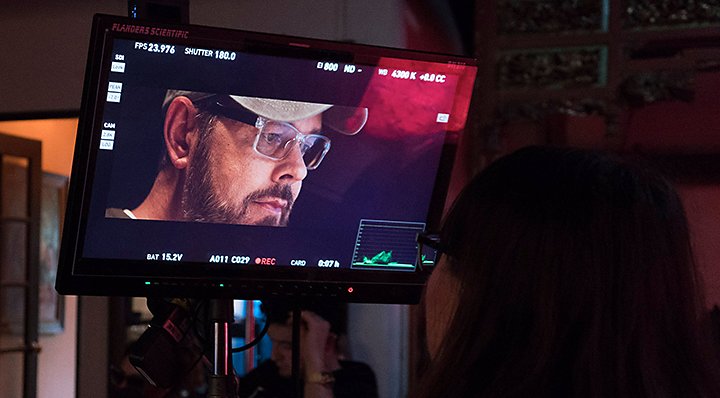
Image by Helen Alexis Yonov
Bring your shots to life.
Now that you’ve got all the raw footage, it’s time to turn it into engaging content. You can start by learning basic editing philosophies and practical tips on video editing. From there, grab your A-roll and B-roll shots and bring them into Adobe Premiere Pro to cut them into one seamless and compelling video. You can even edit audio, add a voiceover or include music over your video too.
Once your editing is done, easily add motion graphics and popular video effects to your A-roll footage with Adobe After Effects. Experiment with multitudes of techniques to take your video to the next level.
Contributors
Do more with Adobe Premiere Pro.
Make visually stunning videos virtually anywhere — for film, TV and web.
You might also be interested in…
Learn how this helpful device can help you to capture great, stable footage.
Get an overview of the filmmaking process with these tips from professional filmmakers.
Discover the process of making a video or film, from first draught to final cut.
Learn this useful editing technique for weaving together action in two or more different scenes.
Get Adobe Premiere Pro
Create flawless productions with the industry-leading video editing software.
7 days free, then NZ$44.51/mo. incl. GST

